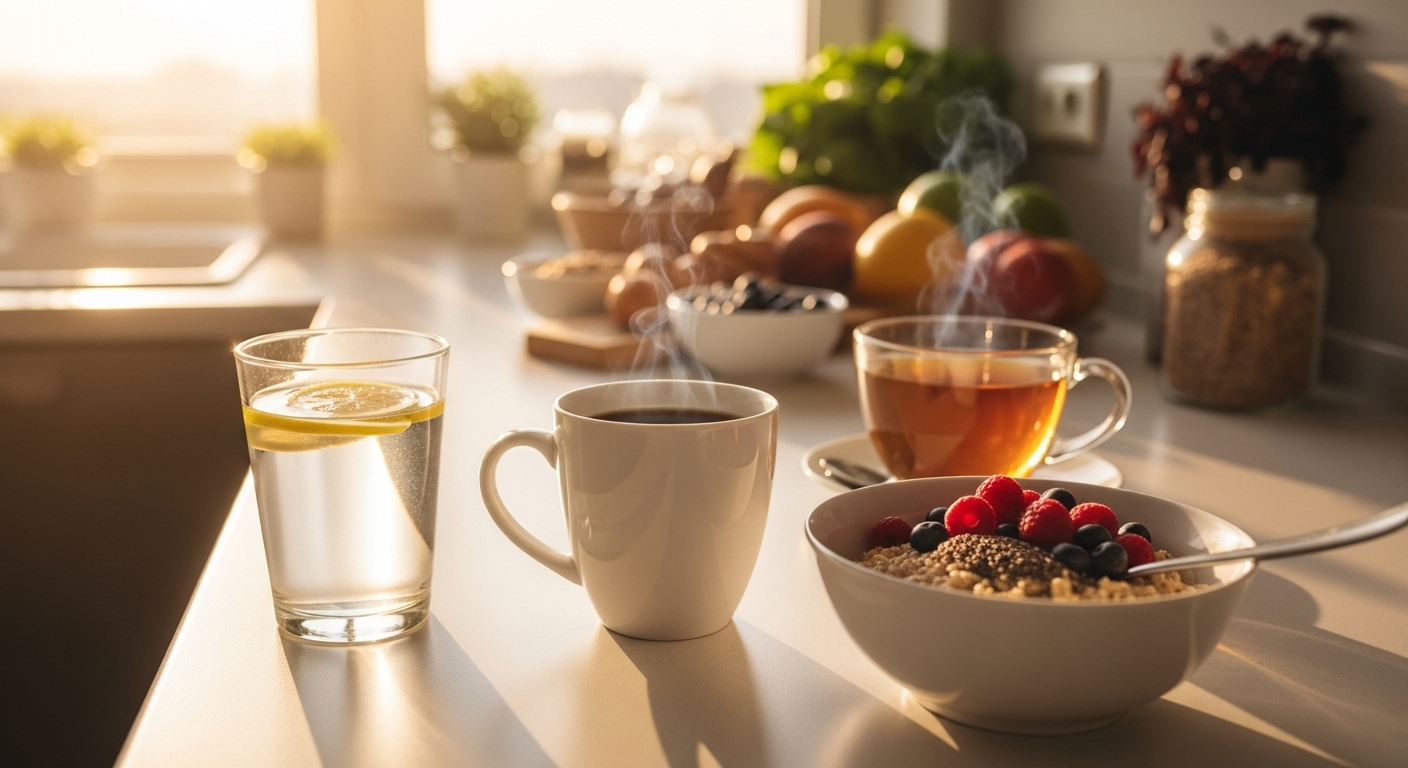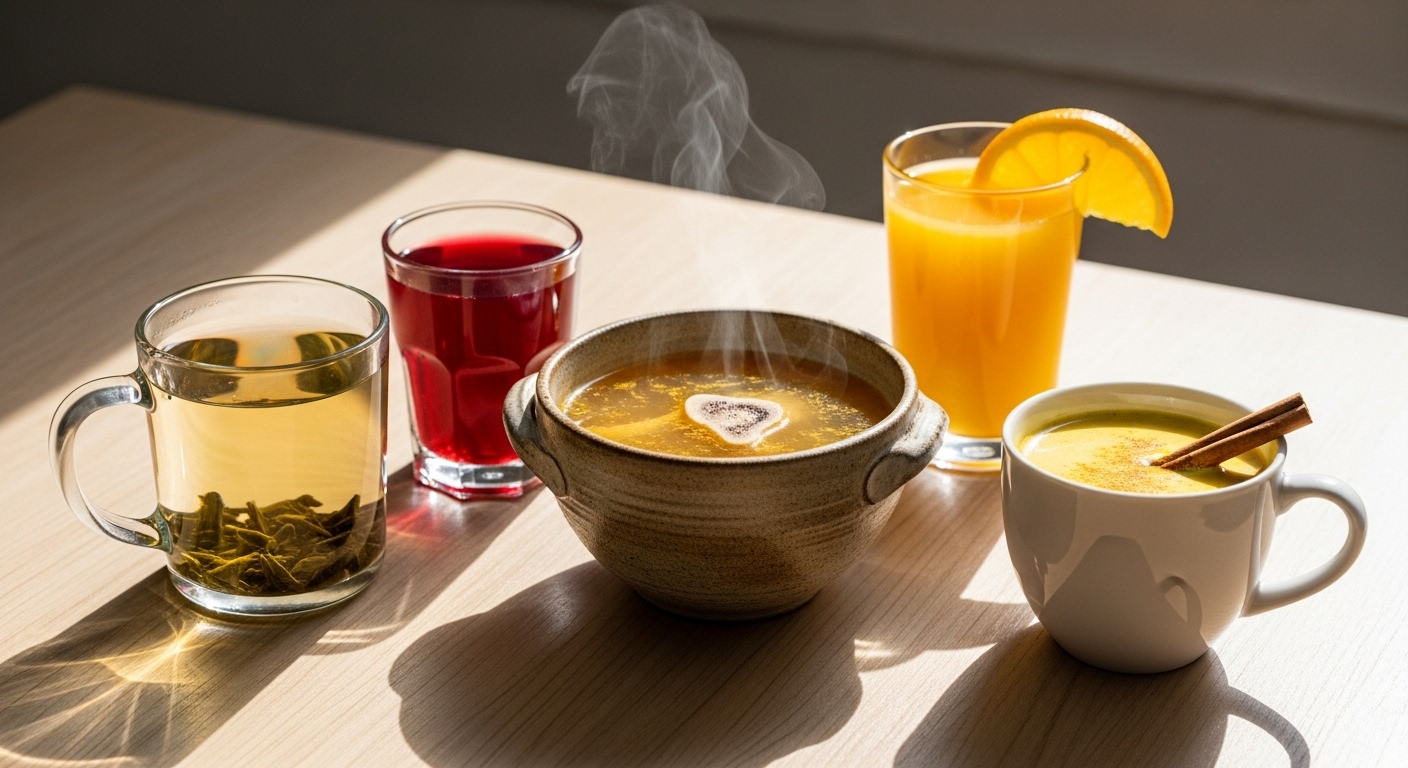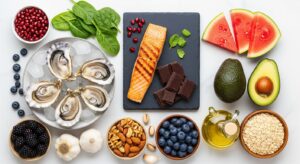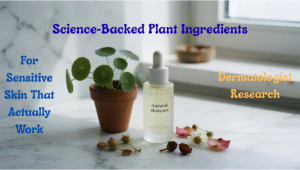Skin Microbiome: Why Bacteria is Your Beauty’s Best Friend
Every morning, you wake up and look in the mirror. What you see is skin—your skin. But what you can’t see is an entire invisible city teeming with life, working 24/7 to keep you healthy and beautiful. Meet your skin microbiome: one trillion microscopic residents that might just revolutionize how you think about natural beauty.
Here’s what most skincare companies won’t tell you: that expensive cream might be sabotaging the very ecosystem that keeps your skin naturally radiant. While you’ve been focused on fighting bacteria, science has discovered that the right bacteria might be your skin’s best friend.
Your Skin’s Secret Life: An Ecosystem Unlike Any Other
Think of your skin as Manhattan, but instead of 8 million people, you’ve got one trillion microorganisms calling it home. The microbiome is an essential partner to our skin. It is a beneficial and invisible ecosystem of living microorganisms that is an integral part of our skin’s surface. These aren’t random squatters—they’re highly specialized residents with specific neighborhood preferences.
Your oily T-zone? That’s prime real estate for lipophilic (oil-loving) bacteria like Cutibacterium species. Your dry cheeks? They host an entirely different community. The composition of the skin microbiome varies according to body sites that constitute diverse ecological/physicochemical niches. It’s like having different ethnic neighborhoods in a city, each with its own culture and purpose.
But here’s where it gets fascinating: this microbial metropolis on your face is as unique as your fingerprint. Each person has his or her own microbiotic signature. This is determined by our genetic heritage and is partly formed from birth. Your microbiome tells the story of where you’ve lived, what you’ve eaten, even who you’ve hugged. A swim in the ocean can temporarily rewrite this microbial signature.
The Beauty Industry’s Microbiome Awakening
For decades, the beauty industry operated on a simple premise: bacteria bad, sterile good. We’ve been nuking our skin with harsh cleansers and antimicrobial ingredients, essentially carpet-bombing our own protective forces.
But recent research has completely flipped this script. Studies showed that aging is associated with a reduction in the variety of microorganisms of the skin microbiome, leading to an increased susceptibility to skin conditions. Translation? Microbial diversity equals youthful, healthy skin.
The numbers don’t lie: Euromonitor International’s Product Claims and Positioning database reports a 78% increase in the number of products claiming to contain “probiotics” between 2019 and 2022 within beauty and personal care. Major players are taking notice. L’Oréal has partnered with biotech firms to advance microbiome research, while Beiersdorf acquired a majority stake in Belgian skin microbiome research company S-Biomedic.
The global skin microbiome market tells an even more compelling story. The global skin microbiome market was valued at USD 1.03 billion in 2024 and is expected to reach USD 2.86 billion by 2032, representing a staggering 13.68% annual growth rate.
When Your Skin’s Ecosystem Goes Wrong: Understanding Dysbiosis
Picture a healthy forest suddenly invaded by aggressive weeds that choke out native plants. That’s essentially what happens during skin dysbiosis—when your microbial ecosystem falls out of balance. Dysbiosis, an imbalance of these microorganisms, has been implicated in a number of skin conditions such as acne, atopic dermatitis, and skin cancer.
Most skin issues we’ve been treating symptomatically—acne, eczema, premature aging, sensitive skin—might actually be ecosystem problems in disguise. When harmful bacteria outnumber the beneficial ones, or when microbial diversity plummets, your skin loses its natural defenses.
Here’s what’s particularly eye-opening: conventional skincare products might be part of the problem. Mass spectrometry and 16S rRNA inventories of the skin revealed decreases in chemical as well as in bacterial and archaeal diversity on halting deodorant use. Some products actually reduce microbial diversity, potentially weakening your skin’s natural protective barrier.
The New Science of Microbiome Beauty: Beyond Probiotics
The first wave of microbiome beauty focused on probiotics—adding beneficial bacteria to skincare products. But keeping live bacteria stable in creams and serums proved technologically challenging. Substantial technological challenges remain when attempting to include live probiotic bacteria in topical products.
Enter the next generation: prebiotics and postbiotics. Think of prebiotics as fertilizer for your good bacteria—they feed and nurture your existing beneficial microbes. Postbiotics are the beneficial compounds produced by these microorganisms, offering anti-inflammatory and antioxidant properties, which are essential for repairing skin damage and reducing signs of aging.
This trilogy—prebiotics, probiotics, and postbiotics—creates what researchers call a synergistic approach to skincare, aiming to maintain skin resilience, hydration, and youthfulness.
The Persistence Problem: What Your Skincare Routine Really Does
One of the most surprising findings in recent microbiome research concerns how long skincare ingredients actually stay on your skin. Molecules associated with personal skin and hygiene products last on the skin for weeks after their first use despite regular showering. Some compounds have half-lives of 0.5 to 1.9 weeks, meaning they’re influencing your microbiome long after application.
This persistence isn’t necessarily bad—it just means we need to be more thoughtful about what we’re putting on our skin. Personal care product effects last for weeks and produce highly individualized responses, including alterations in steroid and pheromone levels and in bacterial and archaeal ecosystem structure and dynamics.
The Future is Personal: Your Microbiome, Your Routine
The most exciting frontier in microbiome beauty is personalization. Each human has his or her own ‘microbial fingerprint’ that is specific to his or her skin and this specific microbiome may influence its homeostasis. The microbiome is the path to an individualized skincare routine.
Companies are already developing tools to analyze your unique microbial signature. In March 2024, POND’S launched a Microbiome Analyzer pilot in the Philippines, offering skin swab analysis with AI-driven, personalized skincare recommendations within an hour.
Imagine walking into a store, getting your skin microbiome analyzed in minutes, and walking out with products specifically formulated for your unique microbial ecosystem. That’s not science fiction—it’s happening now.
What This Means for Your Daily Routine
So how do you nurture your skin’s hidden ecosystem? Start by thinking less about what to eliminate and more about what to support. Look for products that:
- Maintain your skin’s natural pH (slightly acidic, around 5.5)
- Contain prebiotics like oligosaccharides that feed beneficial bacteria
- Include postbiotic ingredients like fermented extracts
- Avoid harsh antimicrobial preservatives that indiscriminately kill microbes
- Support barrier function with ceramides and natural moisturizing factors
Remember, your microbiome took years to develop its current balance. Sudden dramatic changes in routine can disrupt this ecosystem. The key is gentle, consistent support rather than aggressive intervention.
The Bottom Line: Beauty from the Inside Out (of Your Skin)
The future of natural beauty isn’t about finding the perfect serum or the most expensive treatment. It’s about understanding and supporting the incredible ecosystem that already exists on your skin. Research is at the dawn of a «new generation» cosmetic that will use the skin’s microbiome to provide lasting products with new efficient performance.
Your skin is not a sterile surface to be cleaned and covered—it’s a living, breathing ecosystem that, when properly supported, can maintain its own health and radiance. The trillion microorganisms living on your face right now might just be the secret to the natural beauty you’ve been seeking all along.
The microbiome revolution is just beginning, and your skin—with all its invisible inhabitants—is ready to show you what natural beauty really looks like.
The information in this article is based on current scientific research and is intended for educational purposes. Individual skin conditions vary, and it’s always best to consult with a dermatologist for personalized skincare advice.














Post Comment